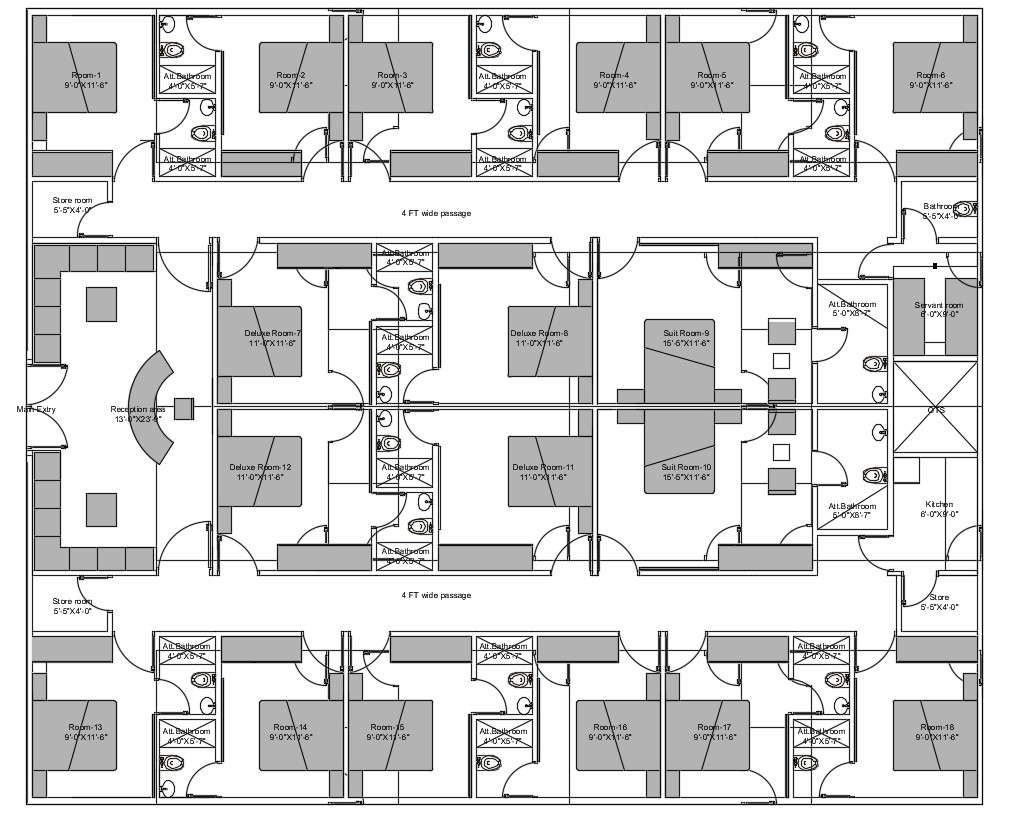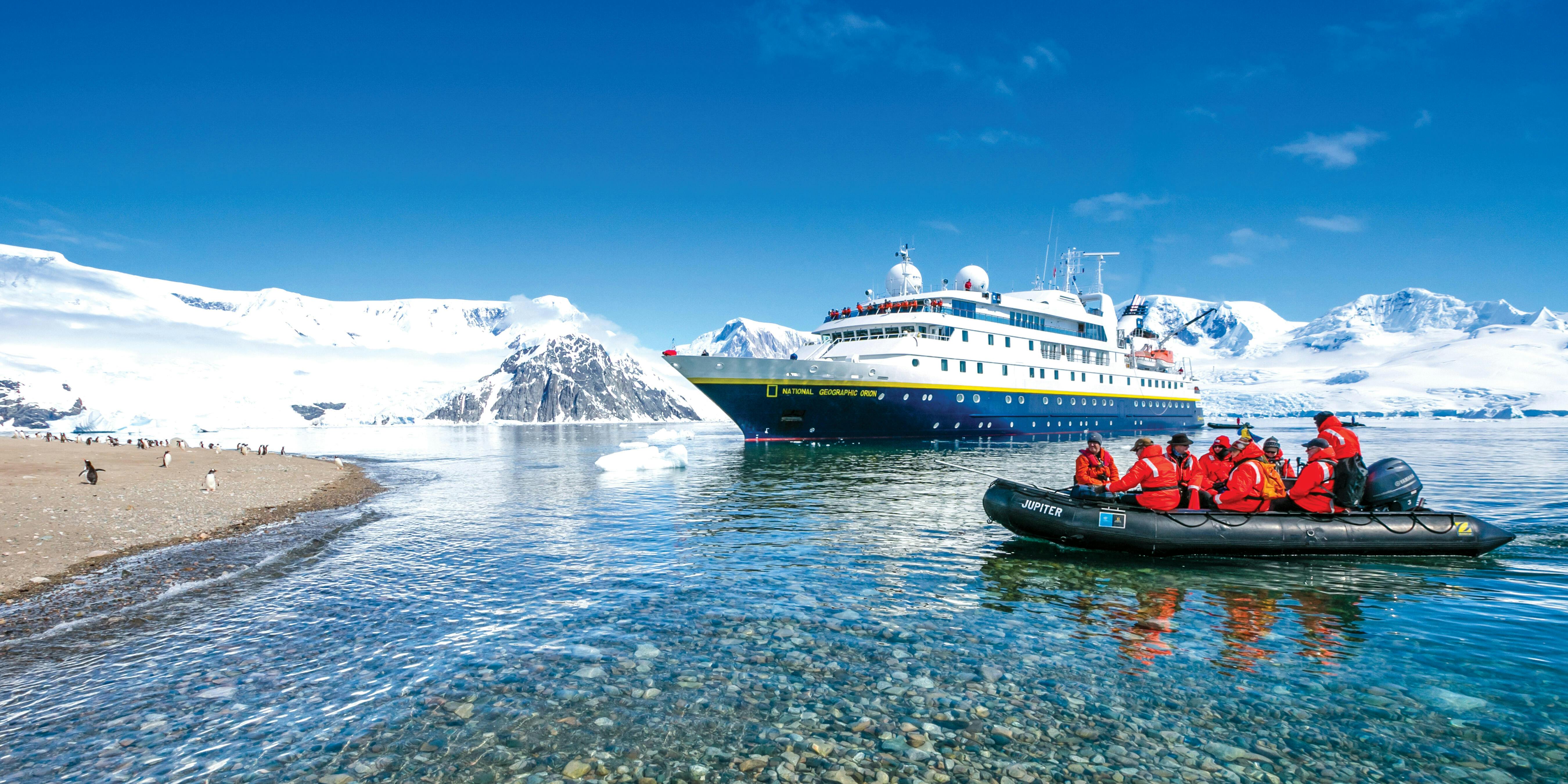Table Of Content

The 2.45 MeV and 14.1 MeV neutrons that escape from the fusion fuel can also contribute greatly to bomb yield by inducing fission in the highly compressed fusion tamper. This extra boost can release most of the explosion energy, and commonly accounts for half of the yield of large fission-fusion-fission bombs and can reach at least 85% of the total yield. When the primary explodes, the X-rays escaping from the fission trigger fill the radiation channel, the space between the bomb casing and the fusion capsule, with a photon gas. This space is filled with plastic foam, essentially just carbon and hydrogen, which becomes completely ionized and transparent as the x-rays penetrate. The inner casing and outer capsule surfaces are heated to very high temperatures. The uranium shield between the trigger and the fusion capsule, and capsule pusher/tamper, prevents the fusion fuel from becoming heated prematurely.
Castle Bravo
One is the fact that this document is redacted to the point of almost being useless. The introduction is nice (compression is important!) and the clarification of what “heterocatalytic” means is helpful, but other than that, it doesn’t tell you a whole lot by itself, without being contextualized through all sorts of other sources.
Biographical Memoirs: Volume 90
The rod fissions at an accelerating rate as it, and the rest of the fuel capsule continue to implode and acts as the fusion "spark plug". Combined with the high temperatures generated by the convergent shock wave, this raises the temperature of the fusion fuel around the rod high enough to initiate the fusion reaction. The fusion tamper prevents the escape of thermal radiation from the fuel, enhancing the burn efficiency considerably. The temperatures generated by fusion burning can considerably exceed that produced by fission (up to 300 million K).
Basic Principles of Staged Radiation Implosion
The work required to compress a gas is proportional to its temperature (at these pressures the physical strength of materials is negligible, and everything can be considered a gas). To minimize the work required for compression, or alternatively to achieve maximum compression for a given amount of work, it is important to keep the fusion fuel from getting hot until after the desired density is reached. In September 1951, Los Alamos proposed a test of the Teller-Ulam concept for November 1952. The device weighed 82 tons, in part because of cryogenic (low-temperature) refrigeration equipment necessary to keep the deuterium in liquid form. It was successfully detonated during Operation Ivy, on November 1, 1952, at Enewetak.
[3] From this leap Teller then proved that the gamma radiation produced in the primary stage could be transferred and used in the second stage to create a successful implosion. [1] This work lead to various projects ("operations") that ended in many different thermonuclear weapons testing. It is unlikely that the fissionable rod reaches such extreme compression however. Located at the center, it will experience an extremely violent shock wave that will heat it to high temperatures but compress it only modestly, increasing its density by a factor of 4 or so. Depending on the degree of symmetry, and the physics of the particular capsule collapse process higher densities are possible. Thermalized neutrons trapped in the fusion fuel, which are left over from the intense fission neutron flux, initiate a chain reaction as sson as the rod becomes critical.
United States History of Thermonuclear Weapons Development
The explosion achieved a yield of 10.4 megatons (million tons), 500 times larger than the Nagasaki bomb, and it produced a crater 1,900 metres (6,240 feet) in diameter and 50 metres (164 feet) deep. The largest thermonuclear bomb ever created and detonated was the Russian Tsar Bomba (bomb-emperor in Russian), tested in 1961 in remote areas of Novaya Zemlya. It detonated 4 km above ground and achieved a yield of 50 Mt. The shock wave from the blast travelled three times around the Earth. Thermal equilibrium is established extremely rapidly, so that the temperature and energy density is uniform throughout the radiation channel. As the surface of the tamper becomes heated, it expands and ablates (blows off the fuel capsule surface).
North Korea's “Thermonuclear” Test: The Paradox of Small, Developing Nuclear Forces - CSIS Center for Strategic and International Studies
North Korea's “Thermonuclear” Test: The Paradox of Small, Developing Nuclear Forces.
Posted: Wed, 06 Jan 2016 08:00:00 GMT [source]
The transport of energy by radiation from the fission core greatly exceeds the core's expansion rate (a mere 1000 km/sec or so). It is possible then to use this energy to compress, and ignite a physically separate mass of fusion fuel (the seond stage) through radiation implosion before the expanding trigger disrupts it. Using the easy to ignite, but very costly, tritium-deuterium fuel it is possible to ignite a reasonably efficient fusion burn in fuel at normal densities using the heat from a fission explosion ( million degrees K). However, it is militarily desirable to use fuels that are cheaper, and more stable than tritium.
This proposed nuke would've destroyed a continent - We Are The Mighty
This proposed nuke would've destroyed a continent.
Posted: Sun, 27 Jun 2021 07:00:00 GMT [source]
After 1992, computers and nonnuclear tests were used to validate the safety and reliability of America’s nuclear stockpile—though the view was widely held that entirely new computer-generated weapon designs could not be considered reliable without actual testing. With the Teller-Ulam configuration proved, deliverable thermonuclear weapons were designed and initially tested during Operation Castle in 1954. It used solid lithium deuteride rather than liquid deuterium and produced a yield of 15 megatons, 1,000 times as large as the Hiroshima bomb. Here the principal thermonuclear reaction was the fusion of deuterium and tritium. The tritium was produced in the weapon itself by neutron bombardment of the lithium-6 isotope in the course of the fusion reaction.
Responses to “The Infamous Teller-Ulam Report ( ”
Ulam, made the first key steps towards a workable fusion design, rendering the idea of a fusion bomb practical. [3] He noted that compression of the thermonuclear fuel before extreme heating was a practical path towards the conditions needed for fusion. [4] This spawned the idea of staging and placing a separate thermonuclear component outside the primary fission component.
The huge energy released by fission was used for compression and ignition of fusion fuel. Simply put, the fission explosion created a shock wave that compressed fusion fuel inside the fission envelope. Again, remember that the context of this is Ulam’s initial idea for very high efficiency fission bombs, not just hydrogen bombs. The rest explains that the goal here is very high compression of relatively large masses of material (fusion fuel). Enrico Fermi came up with the basic idea using the power of a fission bomb to ignite fusion reactions — a thermonuclear or hydrogen bomb — as early as 1941.
The largest American bombs had yields of 10 to 25 megatons and weighed up to 20 tons. Beginning in the early 1960s, however, the United States built a variety of smaller, lighter weapons that exhibited steadily improving yield-to-weight and yield-to-volume ratios. By the time nuclear testing ended in 1992, the United States had conducted 1,030 tests of weapons of every conceivable shape, size, and purpose.
A thermonuclear weapon or more commonly known as a hydrogen bomb/H-bomb is a two-stage nuclear weapon that uses the energy from a principal nuclear fission reaction to ignite a secondary reaction. It is referred to as a hydrogen bomb because it primarily employs the hydrogen fusion process. This results in an increased explosion power when compared to other single stage devices. Such weapons are currently considered as those that have the largest megaton yield. The Teller-Ulam configuration makes use of the fact that at the high temperatures of a fission bomb 80% or more of the energy exists as soft X-rays, not kinetic energy.
Deuterium, the sole fuel in reactions 2 and 3 (see Fusion Principles), is relatively cheap (especially considering its enormous energy content) and is completely stable. Pure deuterium has been used in at least one fusion weapon test - Ivy Mike, the first true fusion weapon explosion in history (1 November 1952). It must either be highly compressed, or liquified at extremely low temperatures. This problem can be overcome by combining the deuterium chemically with lithium to form lithium deuteride, a stable solid. An additional benefit is that through reactions 5 and 6, the lithium can itself participate in the fusion reaction.


















